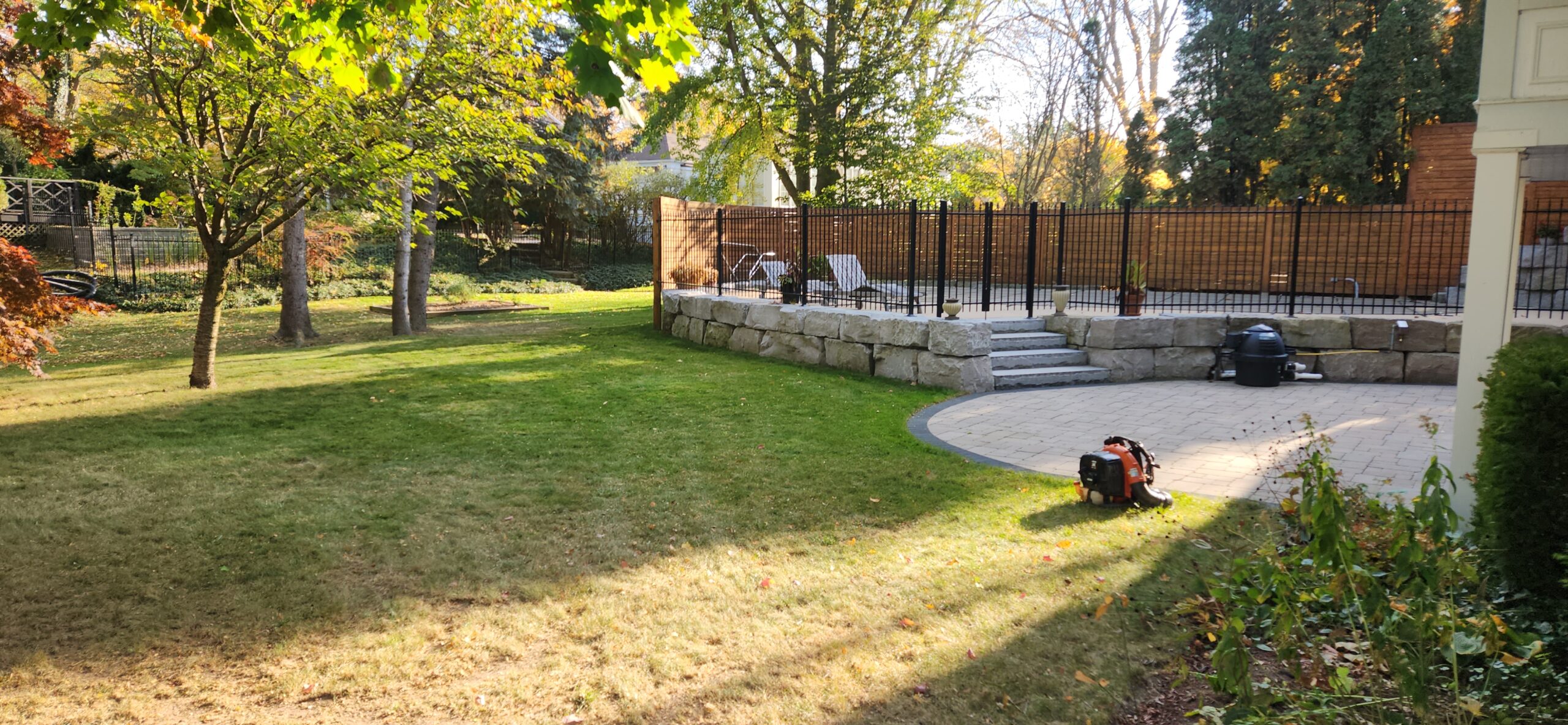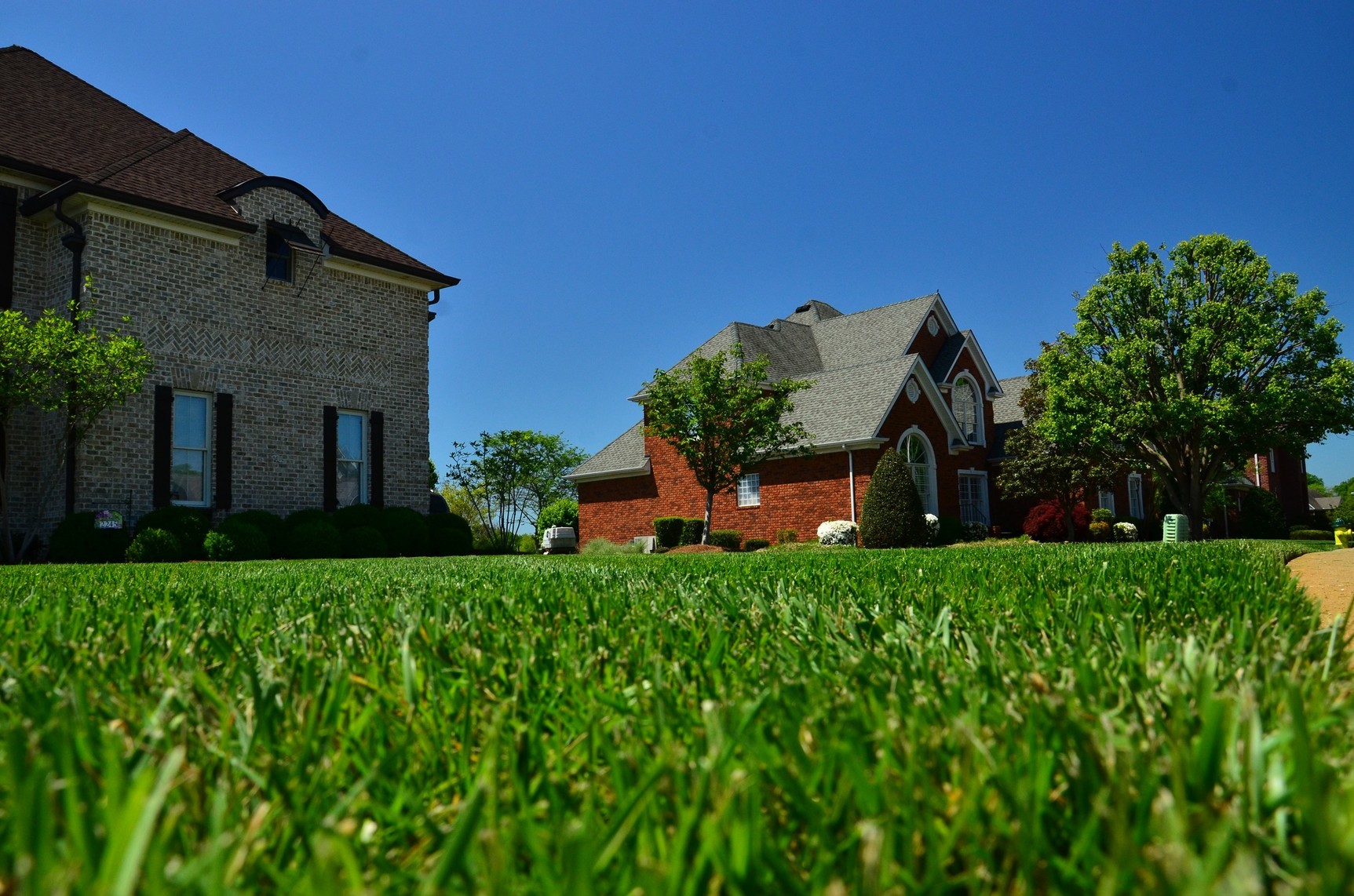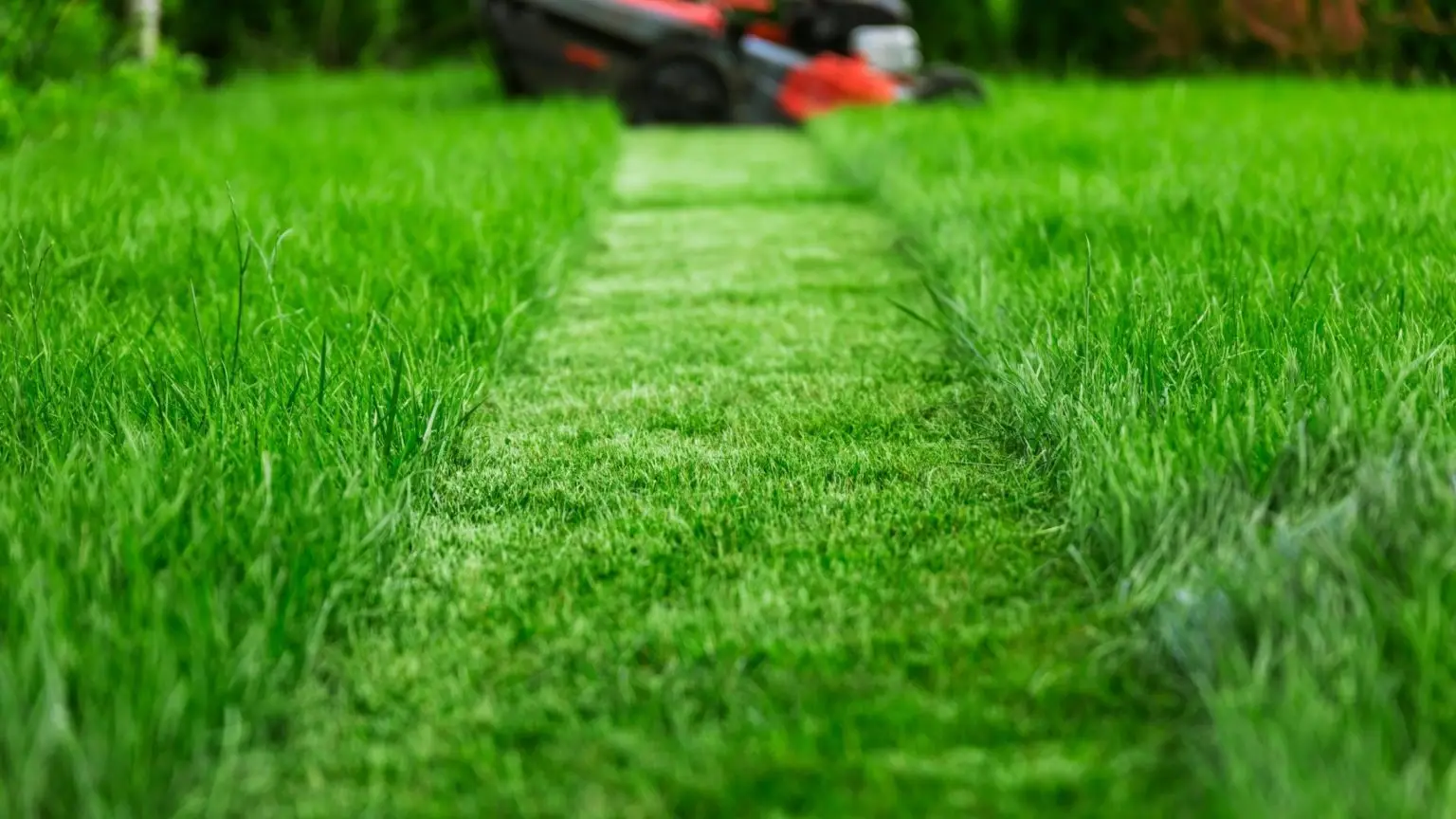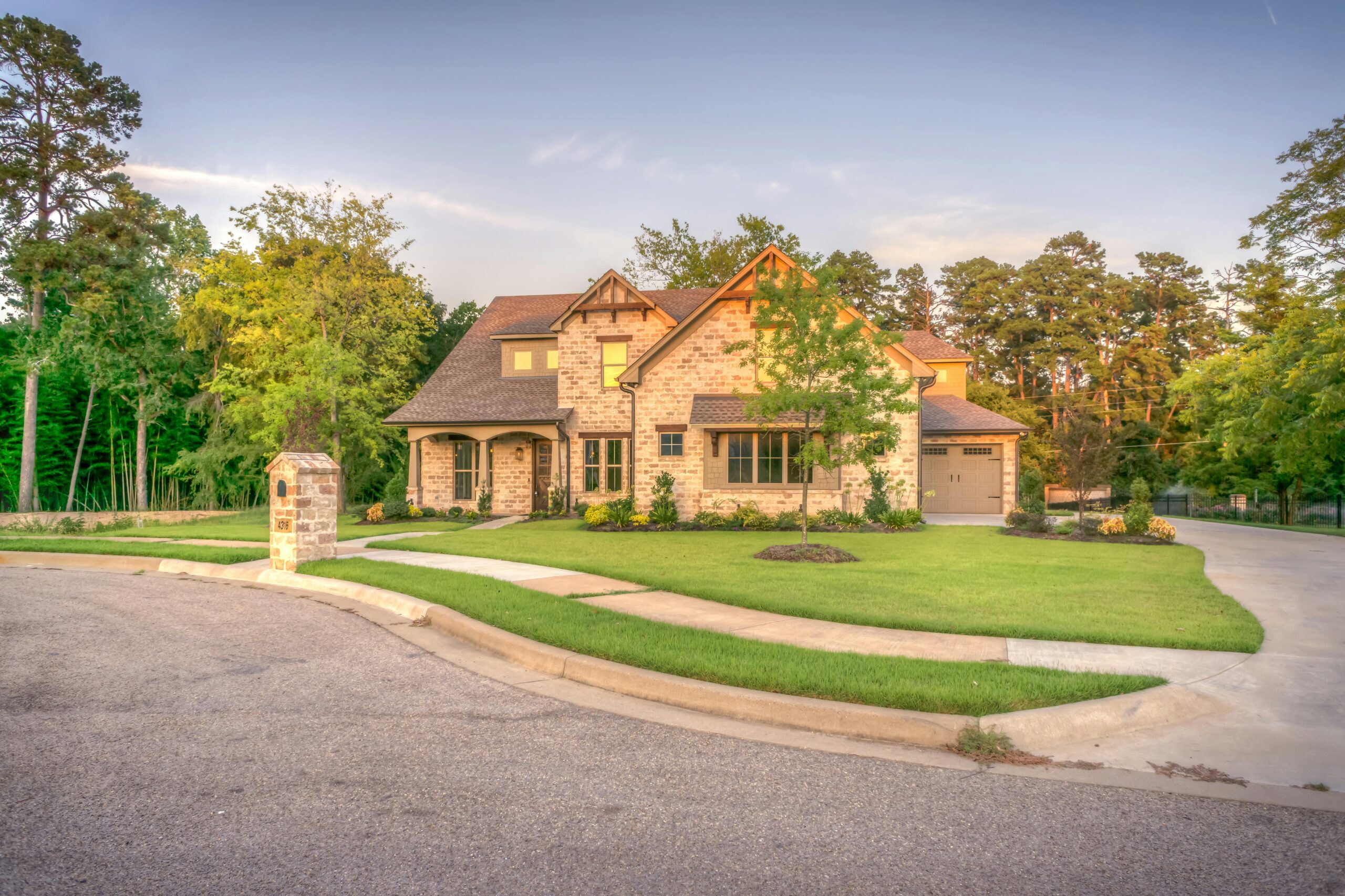


Here's what's possible:
Don't wait any longer to unlock the potential of your lawn. Take the first step towards transforming your lawn into the lush green lawn you have always wanted.
We start with a thorough Lawn Assessment and note what needs to be improved.
Thatch is a naturally occurring layer in lawns, composed of both dead and living organic matter like grass stems, roots, and debris, situated between the soil surface and the green blades of grass. In moderation, a thin layer of thatch can be beneficial, acting as a mulch that helps retain moisture, regulate soil temperature, and provide a cushion for foot traffic. However, when thatch accumulates excessively, it can create a dense, impenetrable barrier that inhibits air and water from reaching the soil, ultimately hindering healthy lawn growth.
Core aeration is a process that involves removing small plugs, or "cores," of soil and grass from your lawn. These cores, typically about 3 inches deep, are extracted at consistent intervals across the lawn surface. This might seem disruptive, but it's a crucial step in promoting a healthy, robust root system.
Lawn leveling, also known as lawn grading, is the process of smoothing out bumps and depressions to create an even lawn surface. Why bother leveling your lawn? The benefits are threefold. First, it drastically improves your home's curb appeal, creating a visually appealing, manicured look. Second, leveling prevents water from pooling in low spots, which can lead to muddy patches and mosquito breeding grounds. Finally, an even surface promotes uniform grass growth, as all areas receive consistent sunlight and water distribution. By addressing unevenness, you'll enjoy a healthier, more attractive lawn.
Overseeding is the process of adding new grass seed to an existing lawn. Unlike starting a new lawn from scratch, overseeding works with your current grass, introducing new growth that fills in bare spots and strengthens the existing turf. Think of it as a boost for your lawn, revitalizing it and making it more resilient.
Lawn fertilizer plays a crucial role in weed prevention. By supplying essential nutrients, it promotes vigorous grass growth and robust root systems. This dense, healthy growth naturally hinders weed establishment and enhances the overall density of your lawn. Nourish your lawn and keep weeds at bay.
Top dressing is a lawn renovation technique that involves applying a thin layer of material to the surface of your lawn. It's a fantastic way to revitalize tired, patchy, or uneven lawns, ultimately helping you achieve a lush, high-quality turf.
The process encourages new, healthy grass growth by providing an ideal environment for seed germination and establishment. This added layer can improve soil structure, drainage, and nutrient availability, leading to a thicker, more resilient lawn. Think of it as a rejuvenating treatment for your grass, promoting vibrant growth and a smoother surface.
Watering is vital after overseeding and topdressing your lawn. It's the key to successful germination and root development for new grass. Think of water as the spark that ignites growth. It awakens the dormant seeds, encouraging them to sprout and establish strong root systems.
Without consistent and adequate watering, those precious seeds will simply lie dormant, failing to take root and flourish. Proper hydration ensures a lush, healthy lawn, transforming your overseeding efforts into a vibrant success. Don't underestimate the power of water – it's the cornerstone of a thriving, revitalized lawn.
The "1/3 rule" is a simple yet crucial guideline for maintaining a healthy lawn. It dictates that you should never cut off more than one-third of the grass blade's height in a single mowing session.
Why? Removing too much foliage stresses the grass. By sticking to the 1/3 rule, you ensure the lawn retains enough leaf surface area for efficient photosynthesis. This, in turn, supports healthy root development and overall plant vigor.
Following this rule often means mowing more frequently, but the smaller cuts are far less stressful, resulting in a lush, resilient, and thriving lawn. Think of it as a light trim rather than a drastic haircut for your grass!
Don't expect an instant lush green lawn. Achieving a lush, healthy lawn takes time and patience. Grass seeds need time to germinate, establish roots, and mature. Resist the urge to overwater or over-fertilize, as this can actually hinder growth.
Instead, focus on consistent care. Proper watering is key – aim for deep, infrequent watering to encourage strong root development. Follow recommended mowing heights for your grass type, avoiding cutting off more than one-third of the blade at a time.
With consistent effort and a little patience, you'll be rewarded with a vibrant and thriving lawn. Remember, good things take time!


